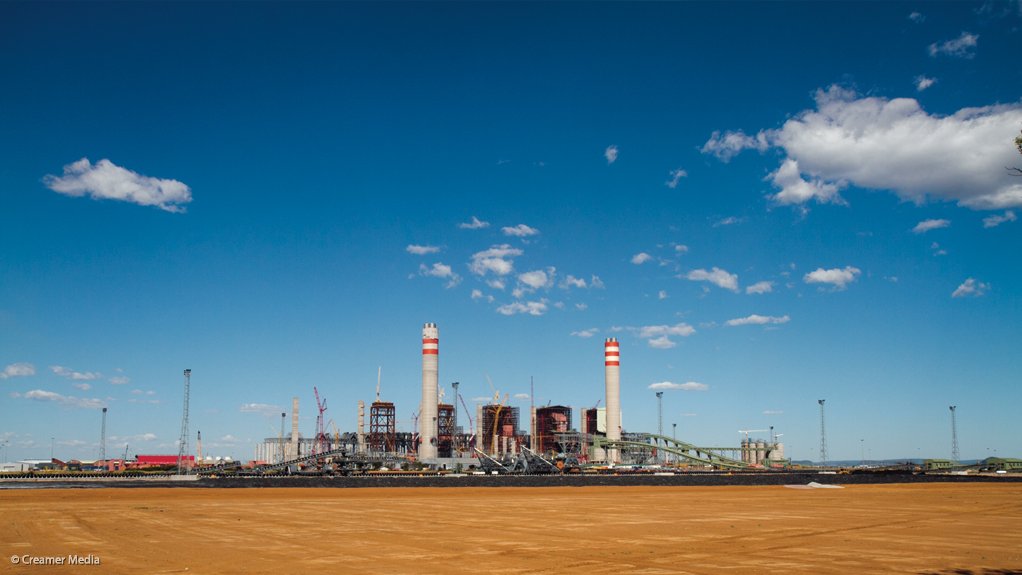To improve the performance and reliability of its power generating units ahead of the expected peak winter demand, State-owned power provider Eskom will embark on a “massive maintenance festival” this weekend.
The utility explained in a statement that almost 64% of Eskom’s current installed base-load power stations were past their midlife, requiring longer outages and extended restoration time than planned.
“Timeous midlife refurbishments or replacement reduce equipment failures from occurring, thus improving the ability to provide reliable supply to customers,” it said in a statement.
To ensure there was no backlog during winter, Eskom would take a number of generating units offline, while broken down units would be repaired.
The utility said the maintenance to be done at the weekend did not imply that there would be load-shedding.
“On a normal day-to-day [basis] we do have maintenance, but with the approaching long weekend, or weekends, in general, the demand for electricity tends to drop,” it said, noting that it would take advantage of this opportunity to ramp-up the large maintenance.
Eskom warned, however, that the risk for load-shedding remained, should anything unexpected happen.
Since December, the availability of Eskom’s plant performance improved from 65% to 70%. This is in line with the company’s vision of achieving 80% plant availability, 10% planned maintenance and 10% unplanned maintenance in the next three years.
The adherence to regular scheduled maintenance was set to limit unplanned maintenance below 7 500 MW in summer and below 5 500 MW in winter.
“We have a maintenance backlog owing to commitments made to keep the lights on, which has led to deteriorating power station availability and subsequent load-shedding,” Eskom Interim CE Brian Molefe said in a statement.
“We, however, need a minimum of 3 000 MW and maximum of 5 000 MW buffer, either through supply-side or demand-side options, to close the backlog within three to five years and avoid load-shedding,” he added, noting that residential customers could make the biggest difference, as demand increased mainly in the evenings.
While it was expected that sufficient power supply would be available to meet demand for most parts of the day, in winter, the load increase could be up to 36 000 MW, particularly over the short sharp evening peak between 17:30 and 18:30.
EMAIL THIS ARTICLE SAVE THIS ARTICLE
To subscribe email subscriptions@creamermedia.co.za or click here
To advertise email advertising@creamermedia.co.za or click here











